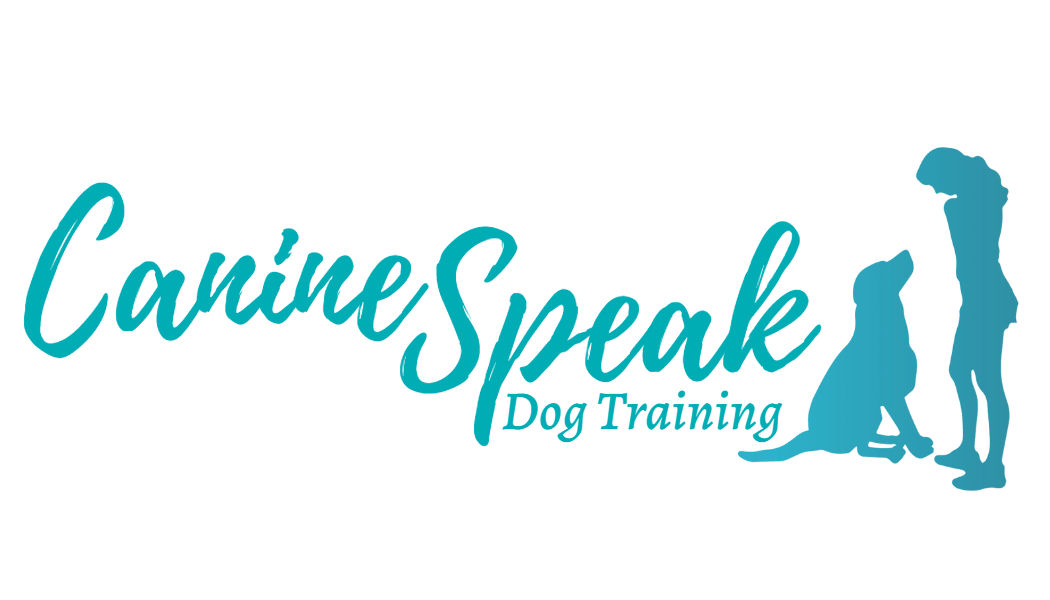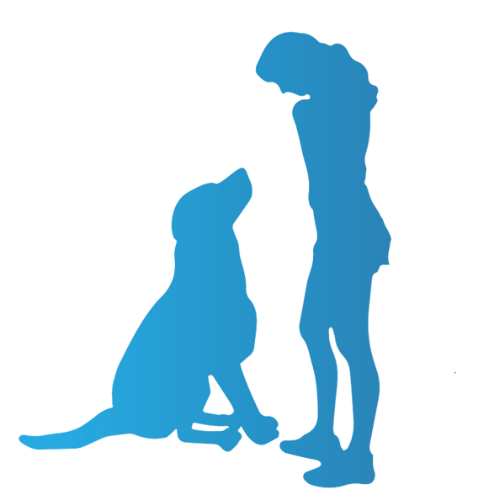Puppy Socialization: More Than Just a Checklist!
Socialization is one of the most important things you can do for your puppy. Exposing them to new sights, sounds, people, environments, and objects during their critical development period can help shape them into a confident, well-adjusted adult dog. But there’s a big misconception about what socialization really means—and improper socialization can do more harm than good.
Quality Over Quantity!
Many new puppy owners think socialization is just about checking off as many experiences as possible. But rushing through a long list of exposures—without considering your puppy’s comfort—can actually lead to fear, anxiety, and even reactivity later in life.
Instead of focusing on quantity, focus on quality interactions. Socialization should be about positive and controlled experiences, not overwhelming or forcing your puppy into situations they aren’t ready for.
Observation Over Interaction
One of the biggest misconceptions about socialization is that your puppy needs to physically interact with every new person, dog, or environment they encounter. But in reality, just watching can be far more beneficial—and safer too!
For example, instead of bringing your puppy into the middle of a group of energetic kids at the park, let them calmly observe from a distance. This allows your puppy to:
✔️ Take in the sights, sounds, and movements at their own pace.
✔️ Form positive associations without being overwhelmed.
✔️ Learn to be neutral rather than overly excited or reactive.
This is especially important for preventing unwanted behaviors like chasing, jumping, or barking at children, bikes, or other fast-moving objects. By teaching your puppy to observe first, you help them develop self-control and confidence in new situations.
Of course, you should have puppy meet kids too, but this is best done one at a time for the best outcome.
Reading Your Puppy’s Body Language
Before introducing your puppy to anything new, take a moment to observe their body language. Are they curious and engaged? Or do they seem hesitant, stiff, or unsure? A wagging tail doesn’t always mean they’re happy—look for loose, relaxed body language, soft eyes, and an eager approach.
If your puppy shows signs of stress, slow down. You want to associate new experiences with good things (treats, praise, play), not fear.
Socialization is Not a Race
Checklists can be a helpful guide, but socialization isn’t about cramming in as many experiences as possible. It’s about thoughtful exposure at your puppy’s pace.
For example, instead of taking your puppy to a crowded festival to “check off” people, noises, and new environments all at once, break it down:
✅ First, introduce them to a few new people in a quiet setting.
✅ Then, gradually expose them to different sounds at a low volume before increasing intensity.
✅ Next, take them on short outings to new places before visiting busier areas.
By taking it little by little, you build positive experiences that contribute to lifelong confidence.
What Proper Socialization Looks Like
Controlled, positive experiences: Let your puppy observe and choose to engage at their own pace.
Exposure in small doses: Introduce one new thing at a time rather than flooding them with too much at once.
Building confidence: If your puppy seems nervous, give them space and time instead of pushing them forward.
Final Thoughts
Socialization is essential, but it’s not just about exposure—it’s about positive associations. Take your time, respect your puppy’s comfort level, and focus on quality experiences over checking off a list.
Remember, observation is just as powerful as interaction, and sometimes, watching the world go by is the best lesson of all.
Have you started socializing your puppy? What has been their favorite new experience so far?
Have a new puppy you need help with? Reach out for a free discovery call!




